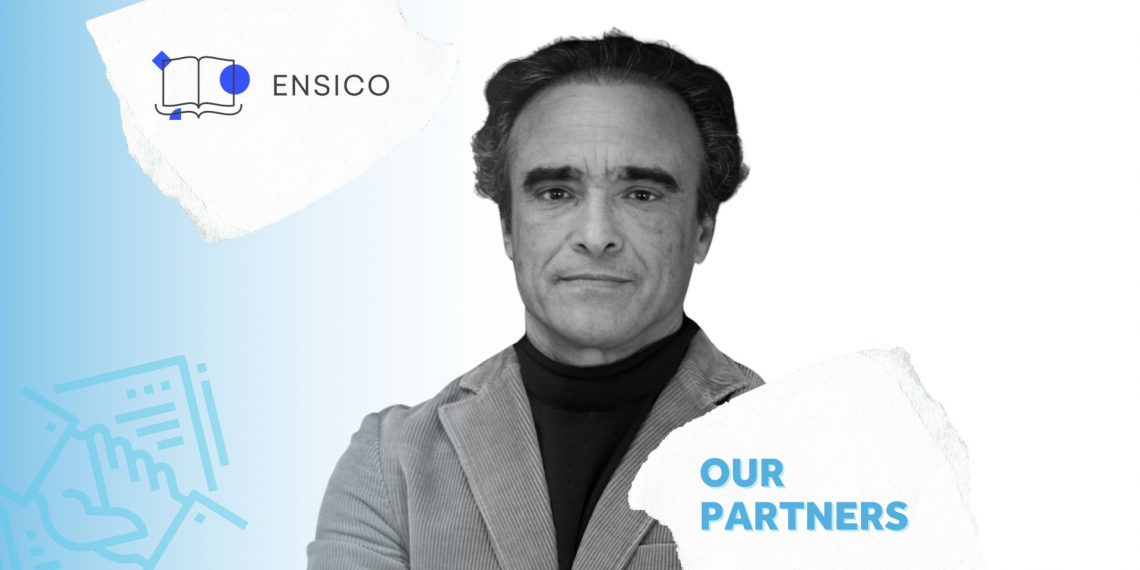ENSICO aims to invest in teaching Computer Sciences in Portuguese schools, supporting the creation of innovative practices in the digital age, through new teaching tools, materials and learning software.
We had a chat with Luís Neves, one of the founders and executive board members of ENSICO, who sees INESC TEC as an outstanding partner in this initiative.
INTERVIEW
How did the partnership between ENSICO and INESC TEC come about?
The partnership between ENSICO and INESC TEC truly began back in 1992, the year the activity of INESC Braga’s group 2361 started. From that point onwards, particularly during the implementation of the EUREKA SOUR!379 project between 1992 and 1994, a strong belief emerged—not only that the methodology tested during the project was effectively applicable to large-scale software engineering projects, but also that this methodological foundation, deeply rooted in the algebraic domain of mathematics, should underpin the inclusion of computing education as a core competence that every young person should acquire throughout the various cycles of K–12 education.
What are the main goals shared by the two institutions?
The first and foremost is the shared view that software development is a valid form of engineering. As such, it should be promoted and taught as a scientific discipline at primary, secondary, university, and postgraduate levels.
A second goal is to understand that computing should be taught early. Still, its teaching must be firmly based on creativity, mother tongue learning, oral and written communication skills, mathematical language, and historical knowledge. Moreover, computing should not replace or diminish the teaching of essential mathematical topics, as mathematics is its alma mater (“computing = mathematics in motion”).
What are the key outcomes of this collaboration?
The entire curriculum framework—which includes the planning and development of the computing knowledge base for K–12 education—has been developed through this close collaboration with INESC TEC. It directly involves its main driver and mentor, Prof. José Nuno Oliveira, whose role in this movement began within INESC in the early 1990s, as previously mentioned.
Another significant outcome of this collaboration is producing a range of supporting materials and platforms for lessons, including slides, activities done with paper and pencil, and on the computer, especially using the Jupyter platform. The supporting software, written in Haskell and used to manage and generate many teaching materials from markdown sources in various formats, has also been created and developed as part of this collaboration.
How do you assess the experience with INESC TEC?
From the beginning, INESC TEC has been a partner of the ENSICO project, providing continuous and individualised support. The experience has been extraordinarily positive and in line with the standard of excellence that has defined a broad and longstanding range of collaborations involving Prof. José Nuno Oliveira, as a member of INESC TEC.
In what areas has INESC TEC’s support been most relevant in overcoming challenges?
INESC TEC’s support has focused on developing content and teaching materials to support curriculum development. Therefore, it has concentrated on the methodological and pedagogical aspects of building a subject area from the ground up.
What role do you expect ENSICO and INESC TEC to play over the next decade in this field?
ENSICO aims to become a global reference in K–12 computing education. To achieve this, the credibility of the partners involved in this ambitious project since its inception is essential and critical. Thus, the expectation is that INESC TEC’s role and collaboration will strengthen—both in terms of governmental decision-making and the internationalisation of this movement—so that the levels of excellence we all aspire to can be reached as we envision the future fruits of this strategic partnership over the next ten years.



 News, current topics, curiosities and so much more about INESC TEC and its community!
News, current topics, curiosities and so much more about INESC TEC and its community!